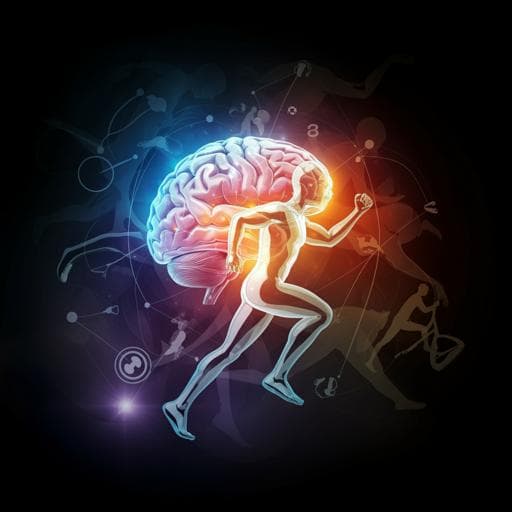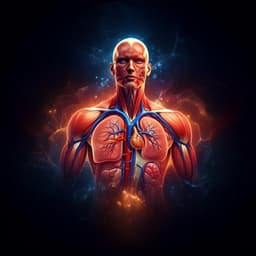
Psychology
Relevance of the anterior cingulate cortex volume and personality in motivated physical activity behaviors
A. Miró-padilla, J. Adrián-ventura, et al.
This intriguing study by Anna Miró-Padilla, Jesús Adrián-Ventura, and colleagues delves into the link between gray matter volume in the brain's reward areas and physical activity levels among young adults. It reveals that smaller right anterior cingulate cortex volume correlates with lower physical activity, emphasizing the importance of brain structure and personality in engaging in rewarding activities.
~3 min • Beginner • English
Related Publications
Explore these studies to deepen your understanding of the subject.







